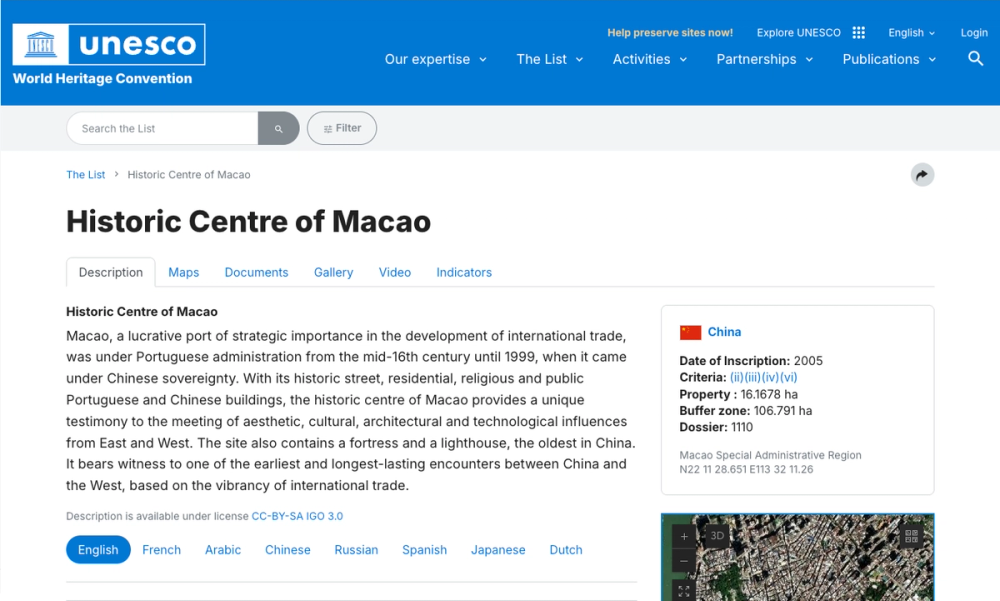Historical & Cultural Significance
Coloane Village, part of São Francisco Xavier Parish, is Macau’s last vestige of untouched heritage. Once a pirate haven in the 19th century, it was annexed by Portugal in 1864 and later transformed into a quiet retreat. Unlike Macau’s glitzy casinos, Coloane retains its 16th-century Portuguese roots, with landmarks like:
- Chapel of St. Francis Xavier: A 1928 chapel housing sacred relics.
- Tam Kung Temple: Dedicated to the sea god, reflecting its fishing village origins.
Architectural & Natural Highlights
-
Colonial Architecture:
- Pastel-colored villas with wrought-iron balconies line Rua do Cunha.
- Traditional stilt houses (Pang Uk) along Rua dos Navegantes, part of Macau’s fishing heritage.
-
Natural Attractions:
- Hac Sa Beach: Black-sand beach with windsurfing and hiking trails.
- Coloane Alto: Macau’s highest peak (172m) offering panoramic views.
-
Cultural Gems:
- Lord Stow’s Bakery: Birthplace of Macau’s iconic egg tarts.
- Rainbow Wall: A photogenic mural near the waterfront.
Visitor Experience
- Walking Tours: Explore alleyways like "Lover’s Lane" and "Beautiful Lady Lane."
- Local Eats: Try Han Ji Handmade Coffee (4000-stir coffee) and seafood at Fernando’s.
- Transport: Bus 25/26 from Macau Peninsula (~40 mins; 6 MOP).
Preservation & Challenges
Coloane faces overtourism pressures since Macau’s 2003 gambling boom. Efforts like the HUL (Historic Urban Landscape) initiative aim to balance development with heritage conservation, particularly for its stilt houses and wetlands.
A serene counterpoint to Macau’s casinos, Coloane Village is a living museum of Luso-Chinese culture and coastal beauty.




